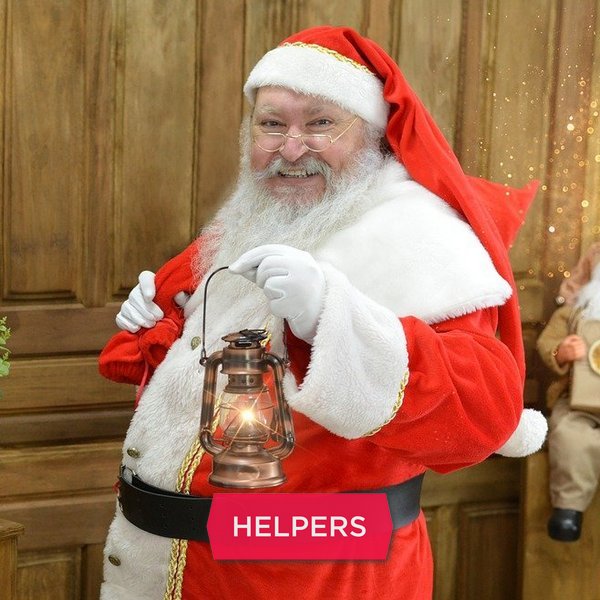Isn’t it early for Santa Claus?

Santa Claus in Hungary
Just like in other parts of the world, the Hungarian Santa Claus comes at night, and leaves nice presents for the nice kids, and something less desirable for the naughty. However, in Hungary this happens on the night before 6 December, the day of St. Nicholas. (The night before Christmas Day, either the baby Jesus or his angels bring the gifts to children, while in Jewish families Chanukah is celebrated in December, which is in fact an entirely different tradition.)
On 5 December in the evening, children clean their boots and leave them in the window. When everyone in the house is asleep, Santa Claus will walk by, open the window, and fill the boots with goods brought in the basket on his back. Presents left in the boots for the nice include peanuts, walnuts, tangerines, and chocolate, or even smaller toys. The naughty get onions or switches (a batch of short but limber sticks, often painted golden, used for beating). In many cases, children get both prizes for nice and naughty, to award them for being nice and to remind them to avoid being naughty.
Those lucky may also meet Santa Claus and his companions in person. In many schools and kindergartens, on 5 December (or the last working day before 6 December) Santa Claus goes around the classrooms with his scary “devils”. Children are supposed to sing songs or recite poems to prove they are nice (and to avoid being beaten with the switches the devils carry around). Sometimes big companies also organize similar events for the children of the employees, and you can also rent a Santa Claus to visit your home if you don’t have a relative or friend who is willing to dress up. Meeting Santa Claus in shopping malls is less common, although not unheard-of.
Where does the Hungarian Santa Claus come from?
Just like his internationally known colleague, the Hungarian Santa Claus can be traced back to St. Nicholas, a 4th century bishop in the Greek city of Myra (modern day Turkey). He was remembered as a gift-giver, and a patron of various groups, including children and students. In Hungary, his cult was already present in the 11th century, and St. Nicholas was most often considered a patron of waterways (and fishermen, ferrymen, and water millers) or miners.
The “visit of Santa Claus” also goes back to the 13th century, and it had many variations. What they had in common was that Santa Claus and his company would visit houses with children, ask the children questions or make them perform, and give them gifts. The devils in the group (called “krampusz”) were supposed to scare or beat the naughty. In some earlier versions, it was Santa Claus himself who had a chain for a belt which he rattled or used to beat everyone he could reach.
In Hungarian, Santa Claus is called “Mikulás”, which is the Czech equivalent of Nicholas. He is also referred to as “Télapó”, which means “Father Winter”. It is said that the name was mostly pushed by Russian leadership after World War II (in Russian, they have Ded Moroz, “Father Frost”) to repress everything connected to religion, but evidence suggests that the name Télapó was already in use in the middle of the 19th century. Today, the two names are mostly interchangeable.
Does all this sound familiar?
If you have Hungarian roots, you might have heard of the traditions connected to Mikulás, the Hungarian Santa Claus from your parents or grandparents. If your lineage can be traced back to Hungary, you may even be eligible for Hungarian citizenship. Would you like to learn more? Contact us with your questions, or follow us on Facebook to get notified about new articles and find out more about Hungary.
The post Isn’t it early for Santa Claus? appeared first on Hungarian Citizenship.


